HBO’s upcoming series The Last of Us looks like a pretty darn faithful adaptation of Naughty Dog’s groundbreaking 2013 action-adventure game. The game itself, though full of great set pieces and gameplay elements, was very much story-first, so adapting it to screen will not be that difficult. So if you haven’t played the game, you’ll be able to enjoy as it goes. But that also means you might just assume that The Last of Us‘ zombies are the typical undead shufflers. Not so! The once-human monsters of The Last of Us have a distinct progression and backstory that set them apart. Here’s everything you need to know!
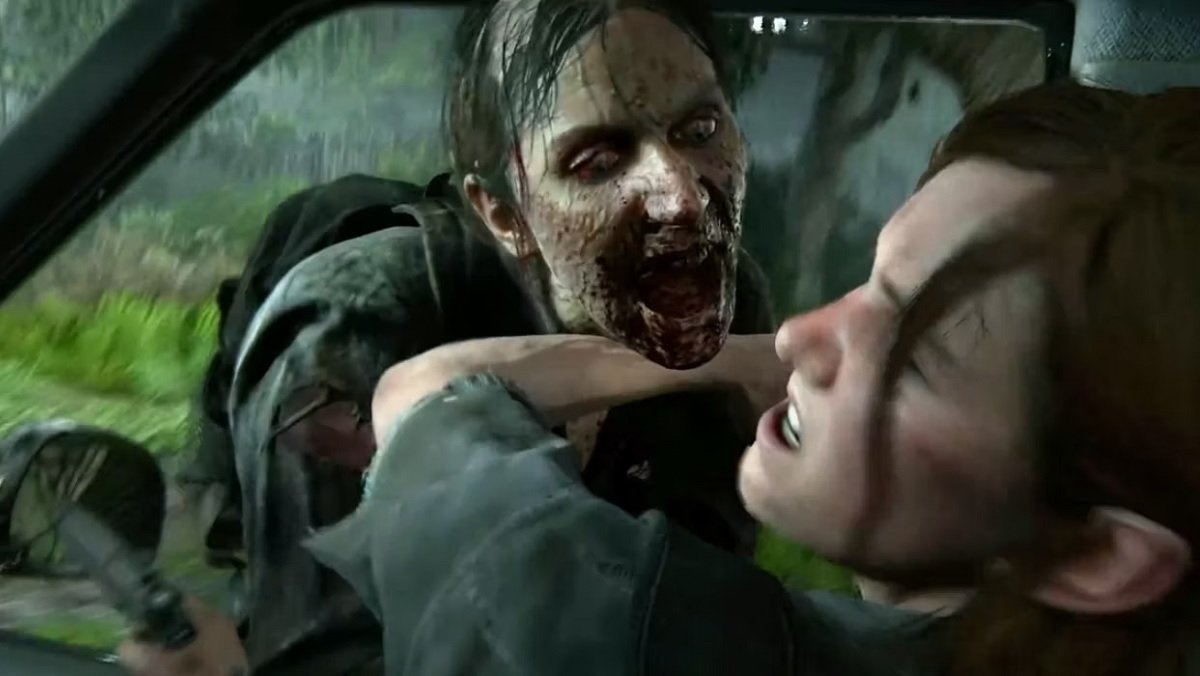
The Last of Us Zombies Aren’t Zombies
I suppose, the first big thing about the zombies in The Last of Us is that they aren’t really zombies. At least, not zombies in the traditional, Romero-Kirkman way we think about them. The outbreak that causes the entire world to collapse in The Last of Us comes from a mutated strain of the Cordyceps fungus, and our non-zombie zombies come from this fungus and the infection it causes.
Cordyceps are parasitic fungi that usually attack insects, arthropods, or other fungi. Essentially, the Cordyceps fungus doesn’t tend to bug us too much in real life. However, in The Last of Us, a mutated version of the fungus enters human bodies via airborne spores and nestles itself in our brains.
In The Last of Us‘ universe, spores grow fungus in human brains until they eventually take over, creating a kind of zombie. The infection can also transmit via the saliva of those infected, so your typical bite. In this way, The Last of Us‘ zombies do offer us some traditional zombie aspects.
With that in mind, here are the stages of infection and consequent types of zombies at play in The Last of Us.
Jump to: Runners // Stalkers // Clickers // Bloaters // Shamblers // Rat King
Stage One of the Infected: Runners

The first stage of the Last of Us‘ zombie-creating infection is what survivors call “Runners.” These people will begin bleeding from their eyes, nose, and mouth, and run quite fast due to the fungus controlling their nervous systems. The base impulse of those at the Runners stage is to attack other people, often in hordes. While The Last of Us‘ Runners don’t possess any extra strength, their pain threshold is greater due, again, to fungus brain. (The answer to most questions of “Why can they do that?” is “Fungus Brain.”)
Stage Two of the Infected: Stalkers

Stalkers are people who’ve been infected anywhere between two weeks and a year. The fungus, by this point, will have sprung out of their head and body parts, creating a barnacle look. The Last of Us‘ Stalkers, as their name suggests, don’t run toward their prey but will instead wait in dark corners and wait for unsuspecting people to walk by. Those at this stage of infection also may prop themselves up near a wall and allow the fungus to grow into it. They can then pop out of the fungus when someone traipses by.
When in the Stalkers stage, The Last of Us‘ zombies also tend to moan and cry in pain as the fungus takes over their muscles. So that’s a lot of fun.
Stage Three of the Infected: Clickers

Probably the most distinctive type of infected in The Last of Us are the Clickers. These are people who’ve been infected for over a year. The fungus will have broken completely out of the top of their head, removing the victim’s eyes and replacing them with a sort of coral shape. The Last of Us‘ Clickers shamble around, emitting distinctive clicks which bounce off of walls and objects, allowing these infected zombie creatures to echolocate prey. The fungus will also have reinforced their muscles and calcified their skin, making the much stronger and more durable than in the earlier stages.
A consequence of the Clickers’ method of hunting is sound warfare, creating a terrifying portent of doom for people who walk into their general vicinity on The Last of Us.

We’ve seen a few Clickers throughout The Last of Us‘ episodes. The show’s creators share, “If you’ve survived long enough, eventually the Cordyceps grows through your face, cracks it open, takes away your eyes, your vision, and you become what’s called a ‘Clicker,’ because now these infected use echolocation to find their way.”
It’s not a pleasant infected state, but there’s a long way still to go.
Stage Four-One of the Infected: Bloaters

Yeah, it just keeps getting grosser, folks. After a person has been infected for many years, their bodies bloat and become entirely overrun with fungus. In this stage, The Last of Us‘ zombies are slow and can’t see, but the fungus has reinforced their bodies to the point that they’re basically tanks. Taller, wider, sturdier. Even shotgun blasts to the head won’t stop Bloaters. Only fire can topple these guys. They can also break off pieces of fungus from their epidermis and throw them as projectiles. Seriously, just disgusting.
HBO Max’s Live-Action Bloaters
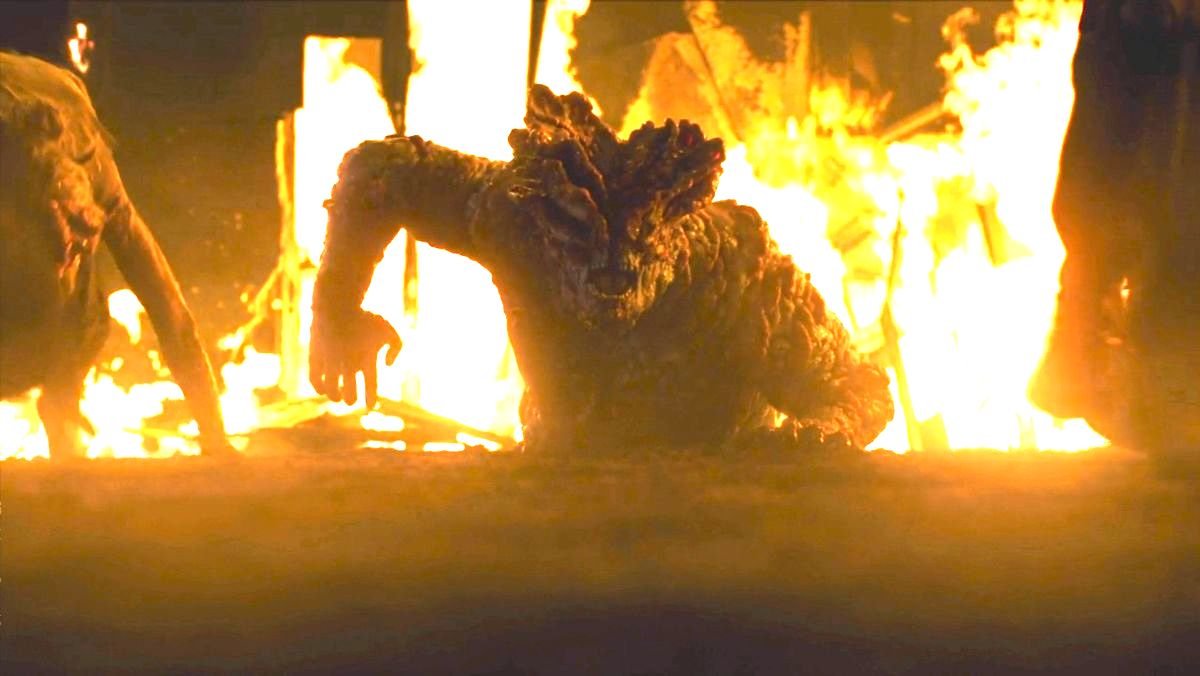
We’ve now seen a Bloater appear on HBO’s The Last of Us, and this infected was not messing around. Every bit as gross as its game counterpart, the live-action Bloater was oozing and crushing. This zombie-like Bloater made short work of anyone in its way, including tearing someone’s head off.
Series co-creator Neil Druckmann shares more about The Last of Us, “There are certain people that are so strong and big that can survive even longer, and those are the Bloater… That’s why you’re seeing this person is so tall and massive in their strength. And it just becomes that much scarier, again as we go forward, there’s just these new types of infected.”
Craig Mazin, the series other co-creator shares, “We also thought, look, whatever this thing is and however it got that way, there was this notion that it might be scarier that at some point you realize, you’re not killing it… No one’s killing it, ever.” And the Bloater can only become something worse.
Stage Four-Two of the Infected: Shamblers
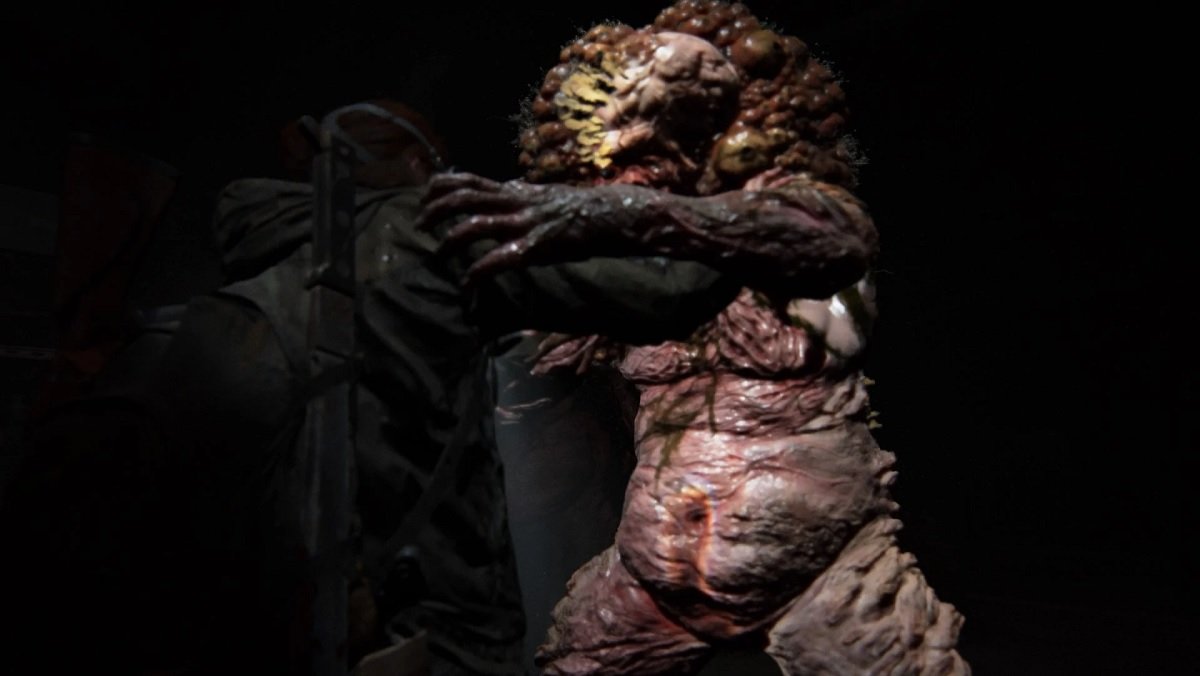
In areas of heavy water, like swamps and reservoirs, rather than turn into Bloaters, people infected for over a year will continue to shamble around relatively lithe. With the excess of moisture, the infected bodies of these infected zombies don’t calcify or grow in The Last of Us, but will instead emit and expel spores into the air. They also remain much quicker than those who are in either the Clickers or Bloaters stage.
Rare Infected Stage: The Last of Us‘ Zombies Form the Rat King

If you’ve heard of the horrifying natural phenomenon of a rat king, you might have an inkling of what this would mean in the context of The Last of Us‘ Cordyceps zombies. Rat kings are when several rats in a confined space will get their tails inexorably entwined and move together as one to survive. This The Last of Us phenomenon is pretty similar to a rat king infected except with zombies.
If enough Stalkers group together for a long enough time, their fungal growths will connect up. At that point, whichever member of the collective is the strongest will act as the ambulatory legs. In The Last of Us Part II, this only happens after 20 years of infection.
Why Are The Last of Us‘ Infected Violent?
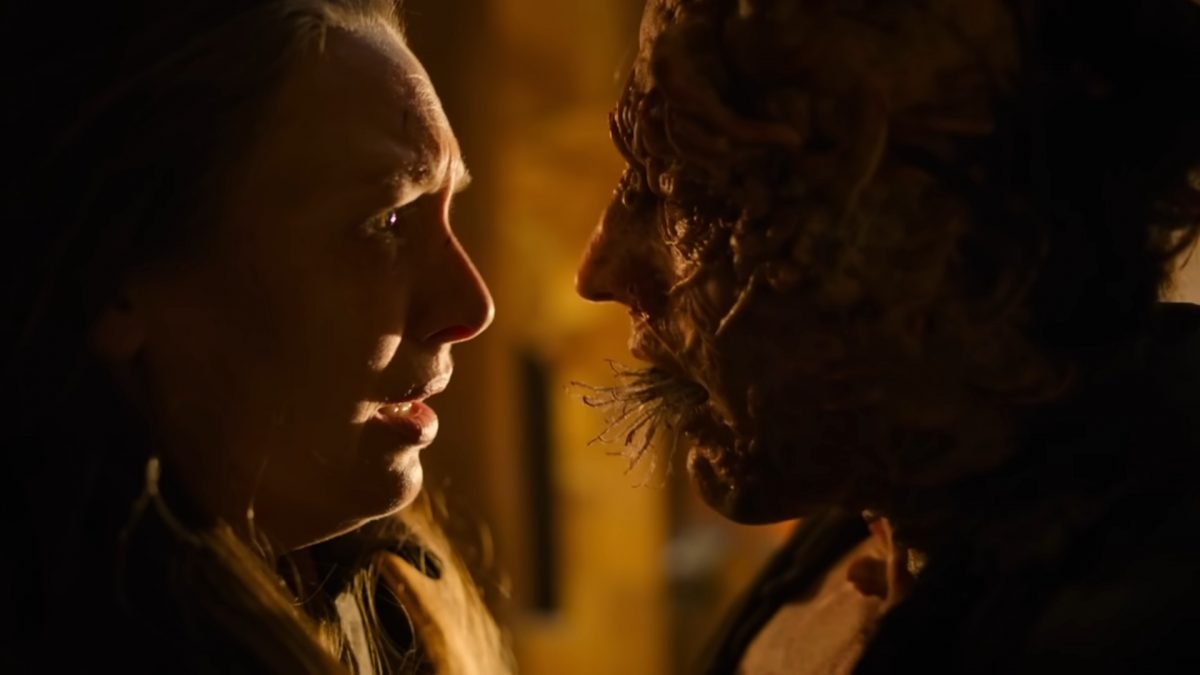
It’s an interesting question. If the fungus is only trying to grow and spread, why do the infected zombies act violently toward the people that surround them? Speaking to Variety, The Last of Us‘ creators addressed this question as it pertains to the series.
Discussing Tess infected “kiss” in episode two of The Last of Us, Craig Mazin shares:
We were already talking about tendrils coming out and we were asking these philosophical questions, “Why are infected people violent? If the point is to spread the fungus, why do they need to be violent?” We landed on that they don’t. They’re violent because we resist, but what if you don’t? What does it look like if you just stand perfectly still and let them do this to you?
So, it turns out, maybe the zombies of The Last of Us aren’t actually violent by nature. But they don’t appreciate humanity’s desire to remain human either.
Final Stage: The Last of Us‘ Zombies Don’t End with Death
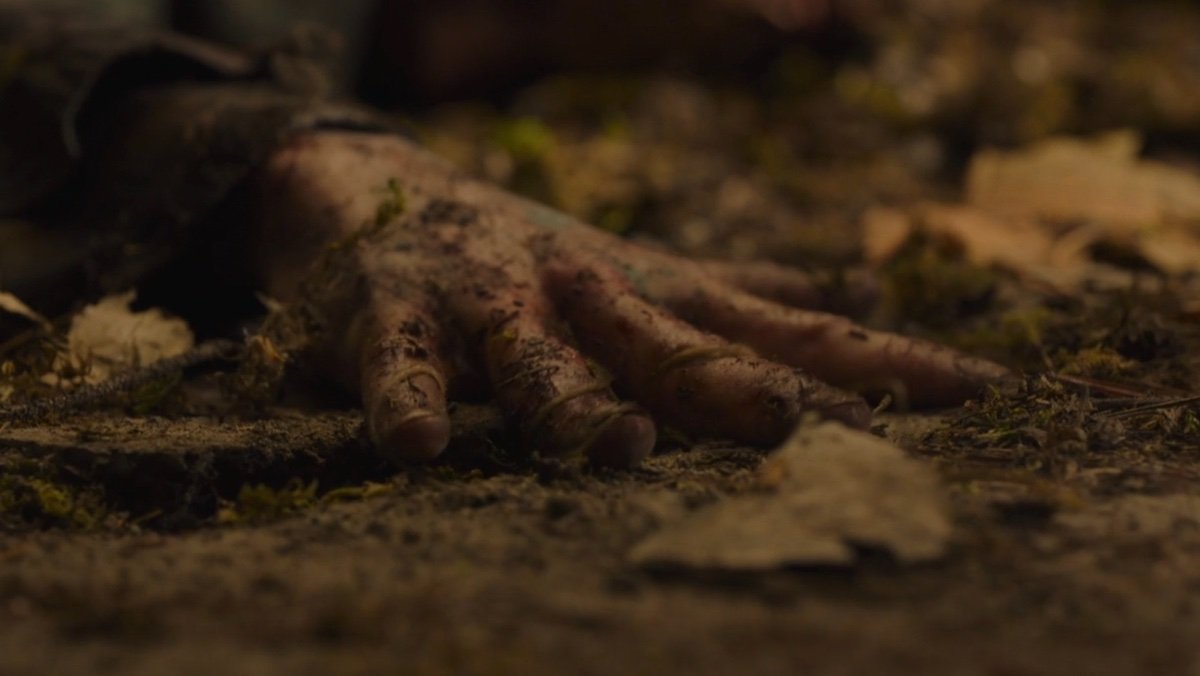
Even after an infected body dies, the fungus will continue to grow and spread spores out into the air. This is why survivors tend to wear gas masks when they enter abandoned buildings; it’s best to burn bodies of the infected, rather than let them rot.
Although spores don’t yet feature in HBO’s The Last of Us, the series brings a new level of fearsomeness to the fungus. The fungus is all connected by tendrils that grow underground and it shares something of a hive mind. If you interact with a patch fungus or an infected in one area, you could alert tons of infected zombies to your location.
So that’s fun, right? Lots to look forward to in The Last of Us series when it comes to zombies and fungus. We haven’t seen a ton of the infected in the show thus far, however, we did see a Bloater in one of the recent trailers for the series, so that’s some good nightmare fuel for you.
The Last of Us will premiere on HBO on January 15, 2023.
Kyle Anderson is the Senior Editor for Nerdist. You can find his film and TV reviews here. Follow him on Instagram and Letterboxd.

